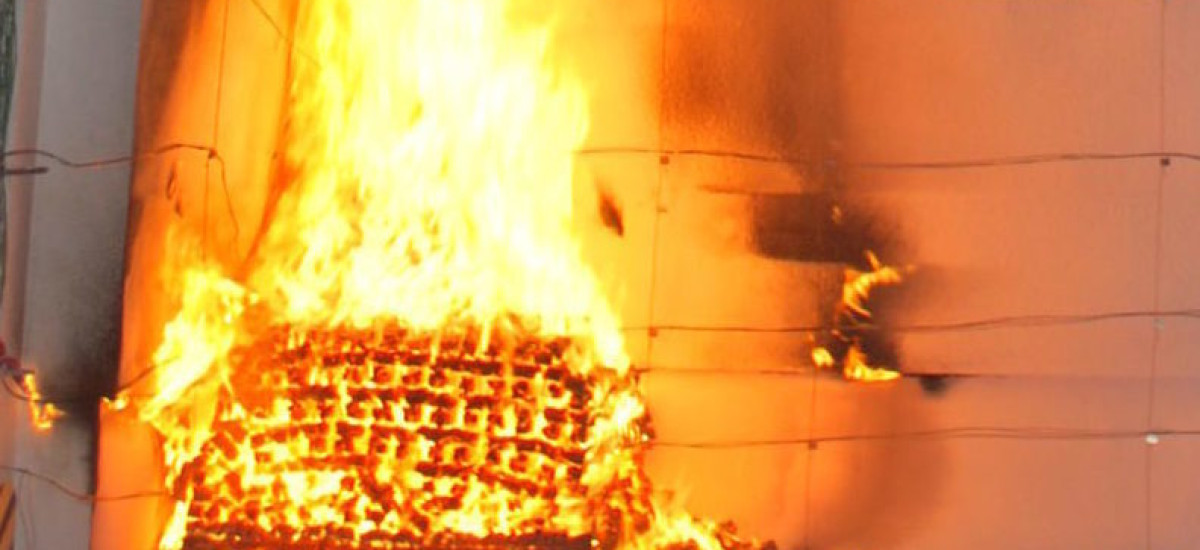20/8/2021
The façade is one of the most vulnerable elements of a building, especially in the case of a fire incident. With more attention being paid nowadays to aesthetics, cost factor, energy efficiency, eye-catching materials, green concept, etc., considerations of fire safety measures have been underestimated in recent years.
The scenario has become more complex with the unstoppable mushrooming of high-rise buildings which pose a greater fire hazard. As a result of the Grenfell Tower fire, but also later fires such as the fire in a building block in The Hague on 4 June of this year, many questions are being asked about the fire safety of the facades of both existing and new buildings. ‘Can a fire like Grenfell Tower happen in the Netherlands’ is a question often heard from authorities. Efectis is involved in a growing number of cases about possible facade fires for manufactures, owners, builders and authorities.
The first question asked is: ‘is this tested’, for new buildings as well as existing buildings. Customers expect all materials to be tested, but it is also necessary to find out whether the materials are used in the correct manner and whether the design of the facade enables or even strengthens fire propagation. There is an acute lack of awareness about the characteristics of the facade materials, such as combustibility, smoke release, toxicity and ignitability, that contribute to massive fire proliferation. A facade as a complete system must not fail when a fire occurs, even if the material selected is fireproof or fire-retardant, it is the construction method or the assembly that needs greater attention. Easier said than done, as the facade envelopes a building like a skin, in most cases with walls and beams touching it from the inside, and less attention is generally paid to the gaps between the skin and the structure, which is where the failure occurs even if the facade itself may be fireproof.
Therefore, the active involvement of fire experts from Efectis can contribute – from design through to construction – towards verifying the right performance of material for the facade and correct use of these materials. The compartmentation based on the fire and life strategy of the building will need to be followed for facade design. The position of Efectis is unique on the Dutch market as we can:
- Investigate existing buildings and designs based on the expected fire propagation
- In collaboration with builders and designers, engineer the safest way to incorporate fire safety without compromising the aesthetics of the facade
- Assess our findings and report them to the authorities
- Test a material or structure
Contact: Paul de Koning – paul.dekoning@efectis.com / Cindy Beckers – cindy.beckers@efectis.com

